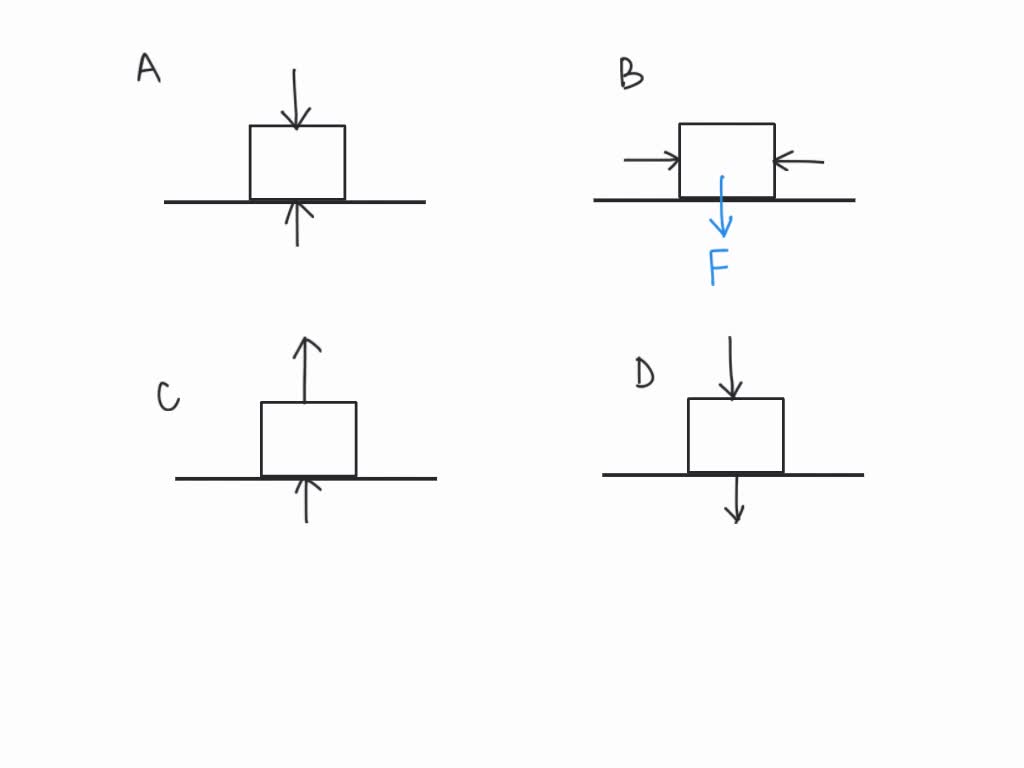Unraveling the Secrets of Motion: A Journey Through Newton's Laws
The fundamental principles governing the motion of objects have been a subject of fascination and inquiry since the dawn of human civilization. While early philosophers and scientists made significant contributions to this field, it was Sir Isaac Newton who, in the 17th century, laid the cornerstone of modern mechanics with his three groundbreaking laws of motion.
Newton's First Law: The Law of Inertia
Newton's first law of motion, also known as the law of inertia, states that an object at rest will remain at rest, and an object in motion will remain in motion with a constant velocity, unless acted upon by an external force. This principle captures the inherent resistance of objects to change their state of motion.
In other words, an object will continue to move in a straight line at a constant speed unless something forces it to change its direction or speed. This law explains why a book placed on a table will remain stationary unless pushed or pulled, and why a car moving at a constant speed will continue to move at that speed unless the brakes are applied.
Newton's Second Law: The Law of Acceleration
Newton's second law of motion, also known as the law of acceleration, describes the relationship between force, mass, and acceleration. It states that the acceleration of an object is directly proportional to the net force acting on it and inversely proportional to its mass. Mathematically, it can be expressed as:
F = ma
Where:
- F is the net force acting on the object
- m is the mass of the object
- a is the acceleration of the object
This law implies that a more massive object requires a greater force to achieve the same acceleration, while a less massive object requires less force. It also explains why objects accelerate when forces are applied to them, as in the case of a car accelerating from a standstill.
Newton's Third Law: The Law of Action and Reaction
Newton's third law of motion, also known as the law of action and reaction, states that for every action, there is an equal and opposite reaction. This principle implies that whenever one object exerts a force on another object, the second object exerts a force back on the first object, equal in magnitude but opposite in direction.
A classic example of this law is when a person fires a gun. The expanding gases in the gun barrel exert a force on the bullet, propelling it forward. Simultaneously, the bullet exerts an equal and opposite force back on the gun, causing it to recoil.
The Enduring Legacy of Newton's Laws
Newton's laws of motion have revolutionized our understanding of the physical world and continue to form the foundation of classical mechanics. They have had a profound impact on various fields, including engineering, physics, astronomy, and everyday life. These laws provide a powerful framework for analyzing and predicting the motion of objects, from the smallest particles to the largest celestial bodies.
The enduring legacy of Newton's laws is a testament to their profound impact on our understanding of the universe and their continued relevance in shaping our technological advancements. As we continue to explore the vast expanse of the cosmos and delve deeper into the mysteries of motion, Newton's laws will remain a guiding light, illuminating our path towards a deeper comprehension of the physical world.


Post a Comment
0Comments